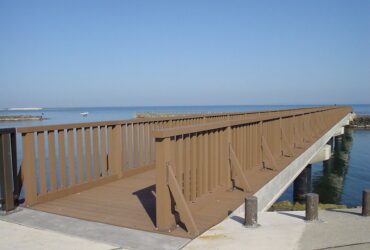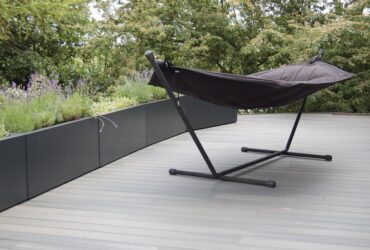Optimized Design and Application of Plastic Wood for Outdoor Use
Plastic wood products have been widely used in various outdoor and indoor applications. Such as: plastic wood doors, door frames, shutters, cabinets, wardrobes, exterior wall panels, ceilings, decorative wall panels, skirting boards, floors, floor joists, guardrail columns, pavilions, porches, fences, fences, leisure chairs, Flower stands and flower boxes, tree pools and tree enclosures, air conditioner racks, air conditioner covers, road signs, transport pallets, etc. In particular, plastic wood materials have excellent waterproof, moisture-proof, acid and alkali resistance, and corrosion resistance. The advantages are particularly significant when used in high-salt seaside areas. Plastic wood profiles are easy to use and flexible in application. They can not only replace the use of wood, but are also a new environmentally friendly material with excellent performance and have a very broad market prospect.
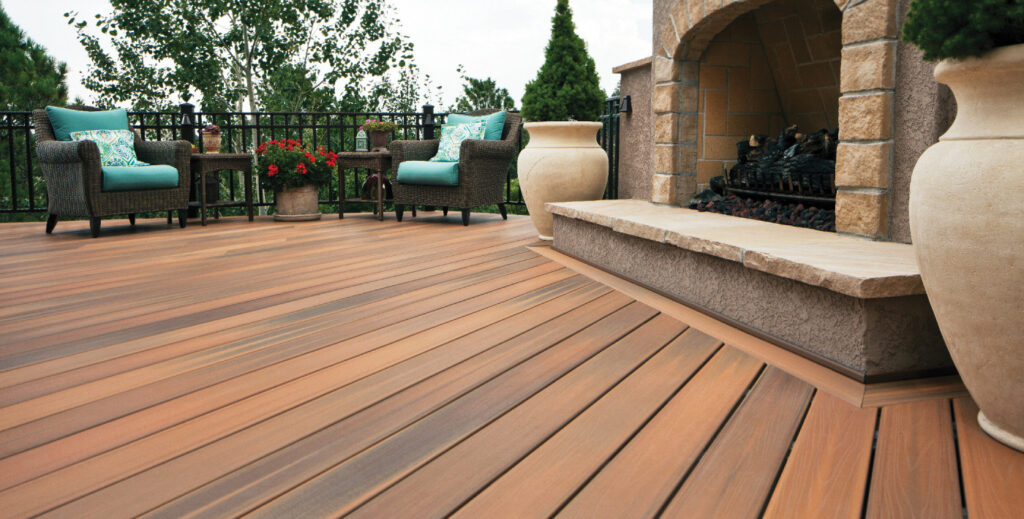
Temperature stress and creep
As temperatures rise in summer, plastic wood materials undergo thermal expansion.Thermal expansion of longer plastic wood is larger. Since both ends are fixed, the temperature stress is also large (stress is proportional to expansion deformation).When the expansion reaches a certain value, the plastic wood becomes unstable and bends and deforms, and the curvature (bending deformation) increases with the increase of thermal expansion.If the installation and construction are carried out in high-temperature seasons, since the temperature difference from the maximum temperature is small, bending deformation due to thermal expansion will basically not occur. However, in low-temperature seasons, the toughness and strength of plastic wood decrease with temperature; because both ends are fixed, the temperature stress generated by plastic wood shrinkage due to cooling reaches the maximum value, often causing damage to the fixation.
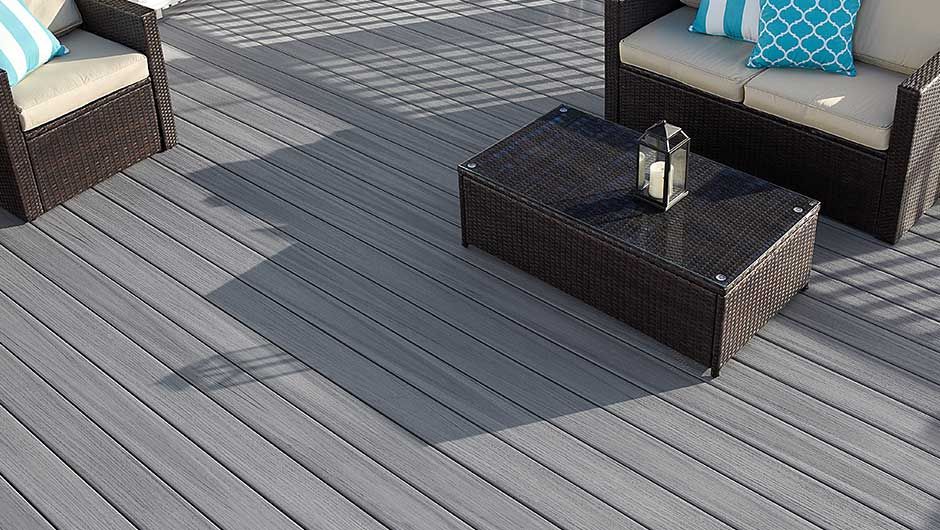
Water expansion creep
During the rainfall season, plastic wood absorbs water and expands, and the plastic wood material produces a slight creep elongation that is irreversible; and with the alternating dry and wet cycles, creep elongation occurs periodically and superimposes. As the wood inside the plastic wood reaches the possible water-absorbing expansion limit and the binding force of the polymer material, the increment of water-absorbing expansion creep elongation gradually decreases to zero, reaching the creep limit.The creep of plastic wood materials is the comprehensive result of the superposition of temperature stress creep and water absorption expansion creep. When both ends of long plastic wood are fixed and restrained,With the superposition of various creeps of plastic wood materials, the beautiful straight-line materials when built gradually appear obvious bends.
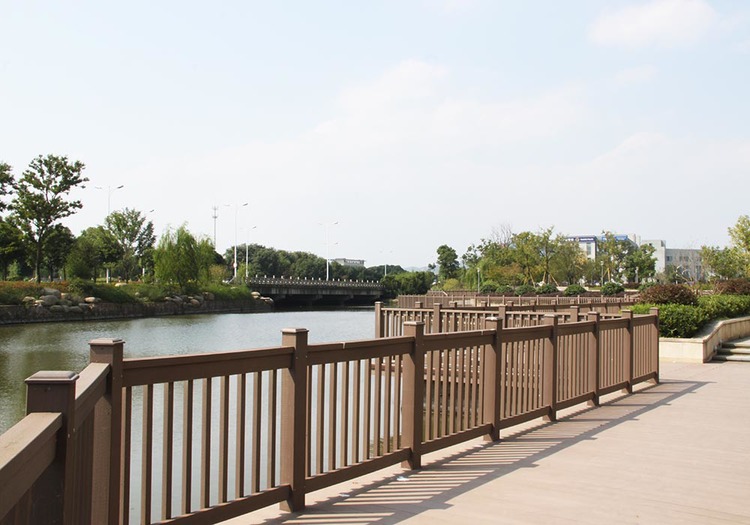
Design solutions for deformation of plastic wood materials
The hygroscopicity of polymer groups in plastic wood materials is very small, while plant fibers are highly hygroscopic; it is very important to effectively treat plant fibers to greatly reduce hygroscopicity.During the formula design and process design of plastic wood materials, the water absorption of plastic wood materials must be reduced as much as possible, and strict water absorption is ultimately used as the quality indicator for assessment;Temperature stress and creep are determined by the characteristics of the material itself, and improvement solutions must be found from the polymer material itself. Controlling and reducing the linear expansion coefficient of plastic wood materials can effectively control and reduce temperature stress.
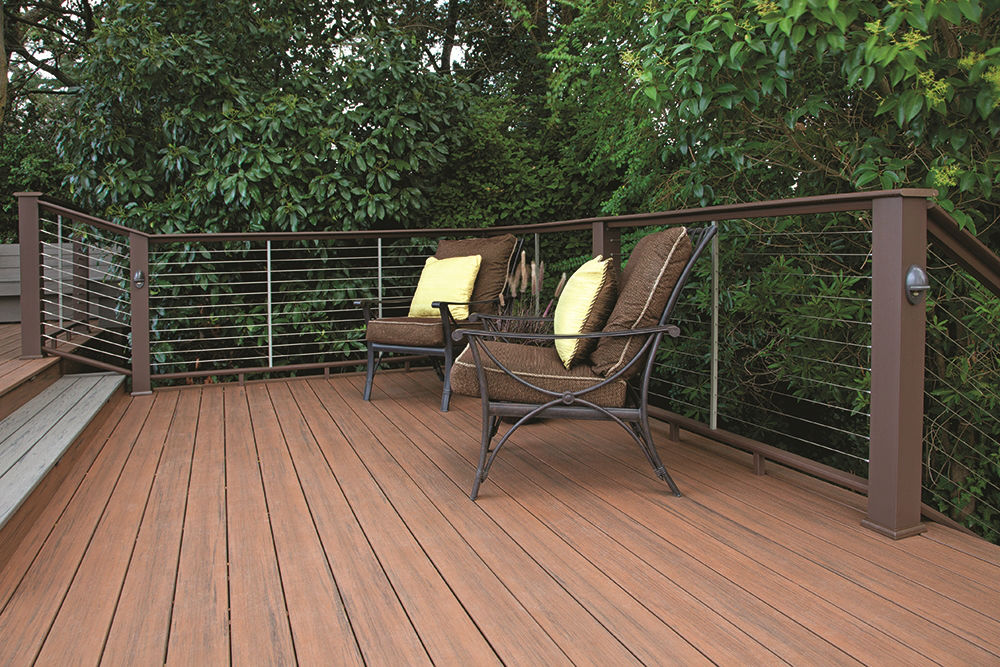
In addition, inorganic colorants with excellent natural aging resistance are usually used to improve outdoor plastic wood buildings and landscapes to ensure the durability of the coloring. The phenomenon of chalking and fading often occurs because of the aging of polymers on the surface of plastic wood and the frequent erosion of inorganic pigments by rainwater with a low pH value (commonly known as acid rain). In the performance design of plastic wood, anti-aging additives are often evenly distributed. Aging actually develops gradually from the outside in. Therefore, improving the aging resistance of the surface layer of plastic wood is an important way to solve the problem of surface powdering and fading; at the same time, the color formula should be enhanced to resist acid rain.

